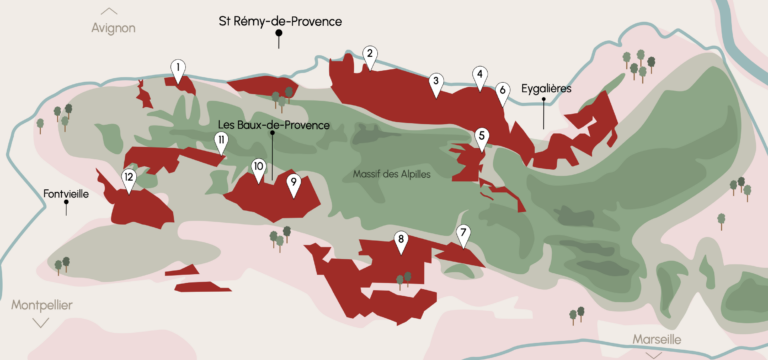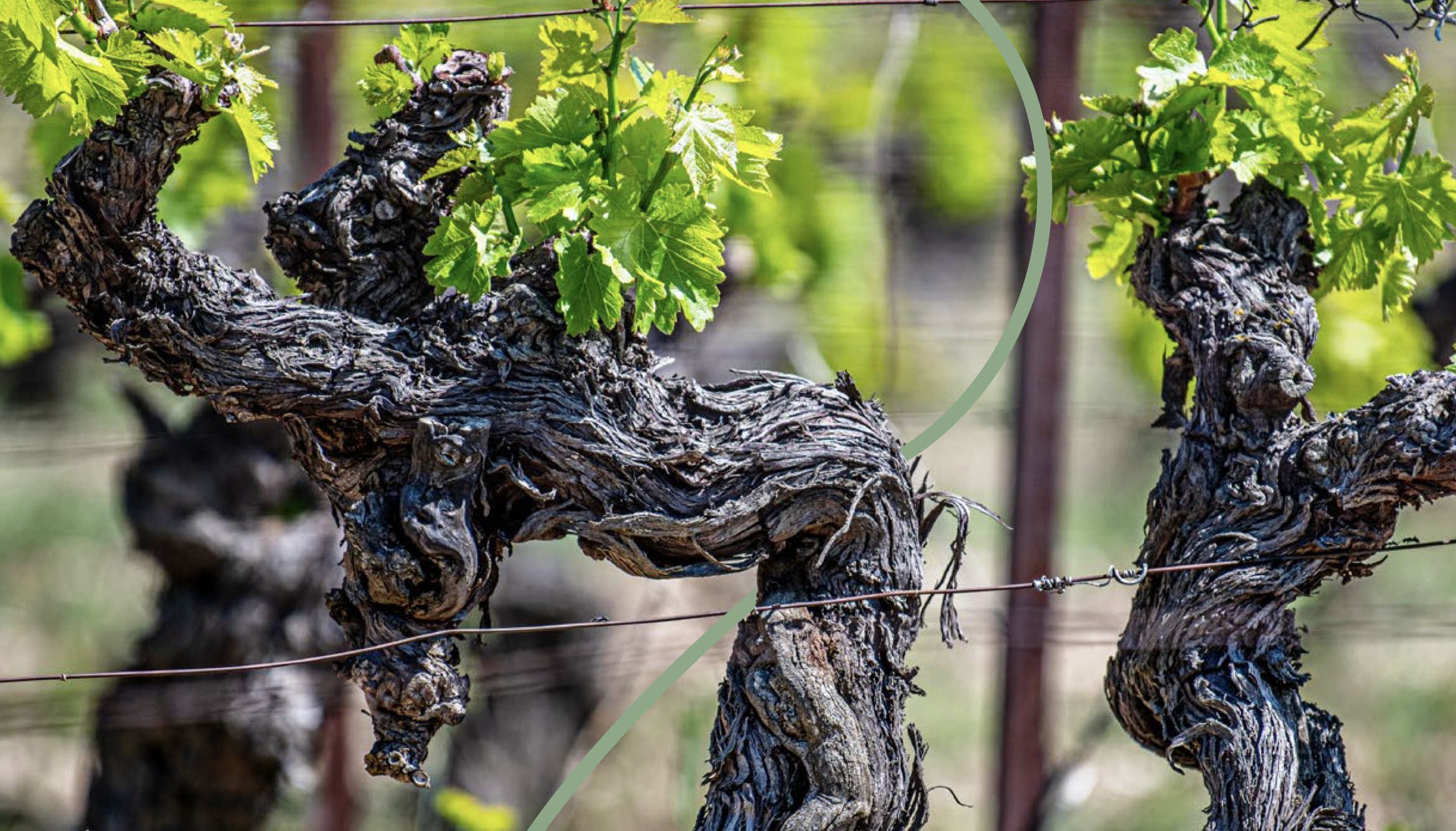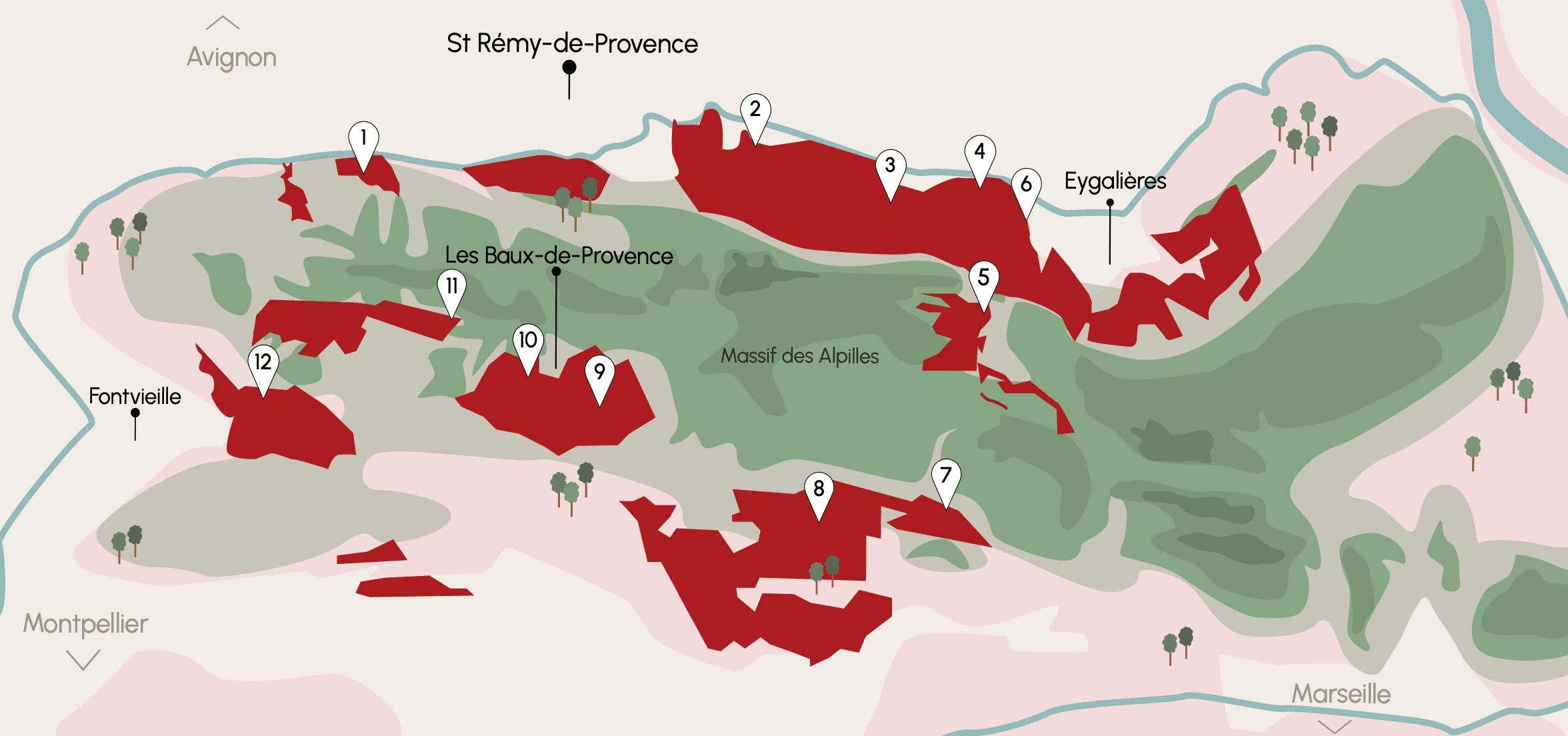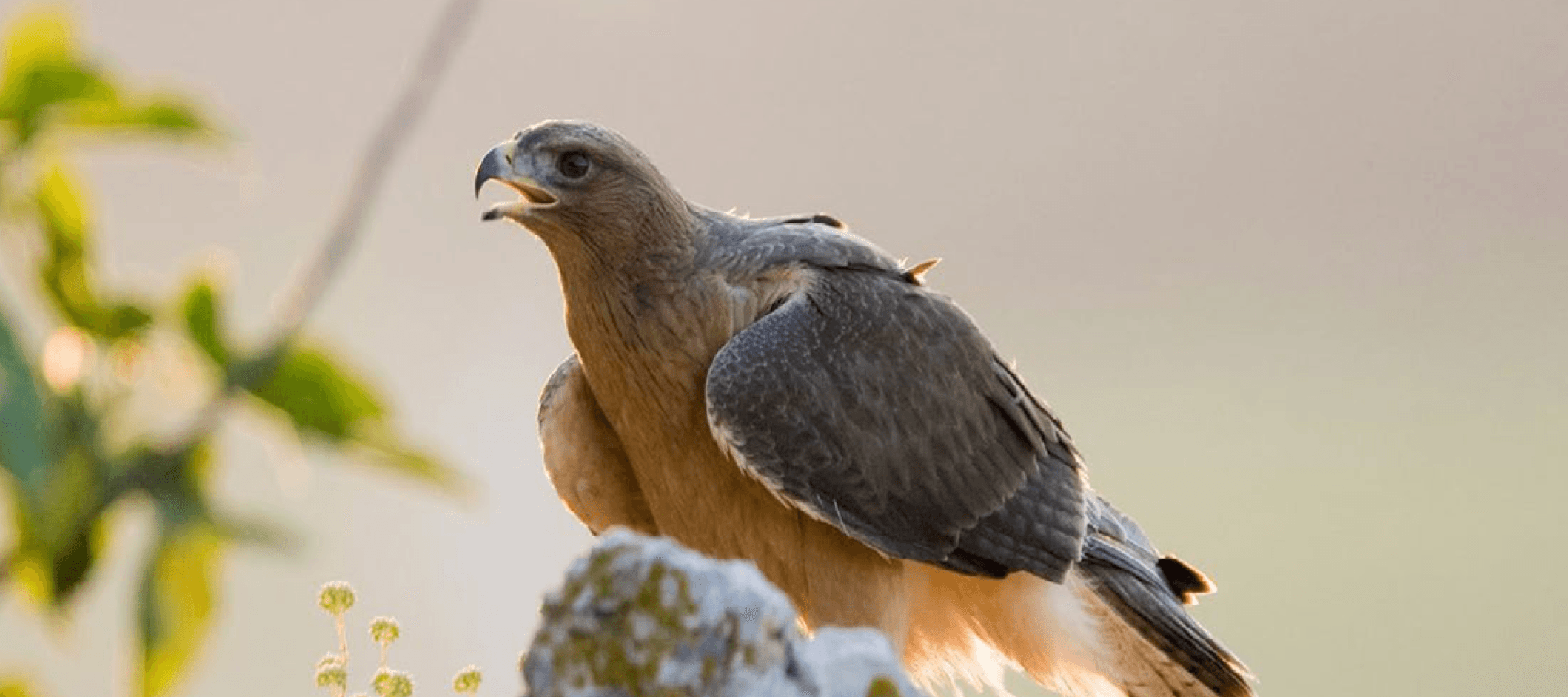
Discover AOP Baux-de-Provence
30 years after its recognition as an AOP, Baux-de-Provence has become a model of terroir and environmental preservation.
Thirty years ago, the Baux-de-Provence appellation gained its recognition as an AOP, and since then, it has remained true to its mission: to reveal great wines of terroir while preserving a unique and majestic environment in Provence. Today, the appellation stands out for its eco-friendly approach, strengthened by a clear choice: to produce 100% organic wines.
The small-scale wineries have succeeded in creating the first 100% organic AOP in the region. Since the 2023 harvest, all red, white, and rosé wines from the AOP Baux-de-Provence are now certified organic (AB). This certification is the result of a collective commitment to preserving our terroir, with the goal of fully expressing it in each bottle, while never compromising the balance of the ecosystem.
The breathtaking landscapes surrounding the vineyards, in the heart of the Parc Naturel Régional des Alpilles, add an exceptional touch to this appellation. It is in this natural setting that the winemakers of the AOP Baux-de-Provence work to protect and preserve this rare environment. By choosing organic farming, they position themselves as guardians of this heritage and tirelessly continue their efforts to initiate new projects aimed at strengthening nature protection.

The soils of the appellation, fragile and demanding, require special attention. The charm of Baux-de-Provence wines lies in the alchemy between the terroir and the winemakers’ expertise. Each season brings its share of novelties: from mushrooms in the autumn to the juicy fruits of summer, every period offers new opportunities to explore food and wine pairings that reveal the richness of the land.
The AOP has managed to preserve orchards, olive groves, and vegetable gardens alongside the vineyards. These fruits, cultivated with respect for nature, enrich the table and allow for harmonious pairings between gastronomy and wine. Thanks to this harmony between land and glass, a network of passionate and talented chefs has emerged, paying tribute to the region’s products. This phenomenon has also sparked the development of high-quality gastronomic and wine tourism, now attracting more and more visitors.
The wines of the AOP Baux-de-Provence are renowned for their quality and diversity. The great reds for aging, gastronomic whites, and shareable, delicious rosés perfectly embody the essence of this region. These wines tell the story of a Provence that is both intimate and open, where tradition blends with an authentic art of living.

A Millennia-Old History
As early as 6000 BC, during the Neolithic period, a relatively dense population lived in Les Baux: this steep rock was a protected place for the living, who buried their dead in the narrow crevices of the rock. This historic site has traversed the ages, marking the imprint of a living and culturally rich terroir.
During the Middle Ages, the city of Baux-de-Provence was born around the castle of the Lords of Baux, one of the largest Provençal families. This castle, built on a rocky promontory, symbolizes the power and strategic importance of the region at the time.
In 1791, the Seigneurie of Baux was purchased by the French Republic from the Princes of Monaco, who had owned it since 1642. Jacques Grimaldi, the son of Albert II of Monaco, still holds the honorary title of Marquis of Baux, testament to the historical and cultural continuity of this land through the centuries.

A Young AOP
With the arrival of humans, the vine has been planted in Baux-de-Provence for several centuries. Archaeological evidence, through the numerous amphorae found on site, attests to the trade of wine and olive oil produced here as early as Antiquity. Yet, surprisingly, the Baux-de-Provence appellation is one of the youngest in France.
In the 1950s, the current vineyard gradually found its place alongside the millennia-old production of fruit trees, olive oil, and pastoralism. Located on the foothills of the Alpilles, the Baux-de-Provence vineyard has preserved the spirit of polyculture at the heart of the Mediterranean system, with the vine and the olive tree as flagship crops, flourishing next to an orchard and vegetable garden full of fruits and vegetables.
While other regions have become lost in the pitfalls of monoculture, the AOP Baux-de-Provence has maintained its original authenticity, inherited from a time when everything that grew on-site was consumed. Naturally locavore in season!
The various actors in the Baux-de-Provence appellation come from orchard-based estates, cultivating both vine and olive tree, and/or hosting flocks of sheep or cows in the vineyards during their return from transhumance, which coincides with the end of the harvest. Respect for natural rhythms and the interdependence of crops are part of the DNA of the wines of Baux-de-Provence, ever since their recognition as Vins de Qualité Supérieure in 1956.
The recognition of the AOP and the efforts made towards ecosystem preservation, alongside the Parc Naturel des Alpilles, provide a comprehensive framework for the responsible work of each estate. It is not only about producing without degrading one’s land, but also about preserving an entire territory and its ecosystem: its landscapes, both grand and fragile in the face of erosion, its rare flora, and its protected and immensely useful fauna, such as raptors, songbirds, toads, and bats.

A Rich and Fragile Natural Heritage
The AOP Baux-de-Provence is located in the heart of the Parc Naturel Régional des Alpilles, which includes the Natura 2000 areas of the Alpilles and the Marais de la Vallée des Baux. In this space still preserved from urbanization, maintaining an agricultural activity respectful of its ecosystem is essential for the conservation of the rare species it hosts, which are subject to international protection. Among these species, we find:
Raptors: The Bonelli’s Eagle, the Egyptian Vulture (the smallest vulture in Europe and the most endangered in the world), the Lesser Kestrel (a slender, rarer relative of the Kestrel), and the Eurasian Eagle-Owl.
Passerines: The European Roller.
The Ocellated Lizard, emblematic of the Alpilles Park.
The Cultripede Toad, a leopard-patterned toad that is a great consumer of harmful insects.
The Schreibers’ Bat, with 15% of the national population found in the Alpilles. Along with its cousins the Lesser Horseshoe Bat and the Common Pipistrelle, it is the number one nocturnal enemy of the grapeworm, a moth responsible for considerable damage to vineyards when in its larval stage, attacking the grapes under the soft name of “grape worm.”
Also present are several plant species, such as the Summer Snowflake with its delicate bells reminiscent of lily-of-the-valley, or the Marum-leaved Helianthemum whose colorful bloom softens the white limestone and olive and oak greens that dominate the garrigue landscape.
The AOP Baux-de-Provence is a model of balance between environmental respect, biodiversity preservation, and the production of exceptional wines, embodying an authentic and sustainable Provence.

The Winemakers of the Appellation
Domaine Dalmeran
Domaine de Metifiot
Château Romanin
Domaine des Terres Blanches
Domaine de la Vallongue
Domaine D’Éole
Domaine de Lauzières
Mas de Gourgonnier
Mas de la Dame
Mas Sainte Berthe
L’affectif
Château d’Estoublon
